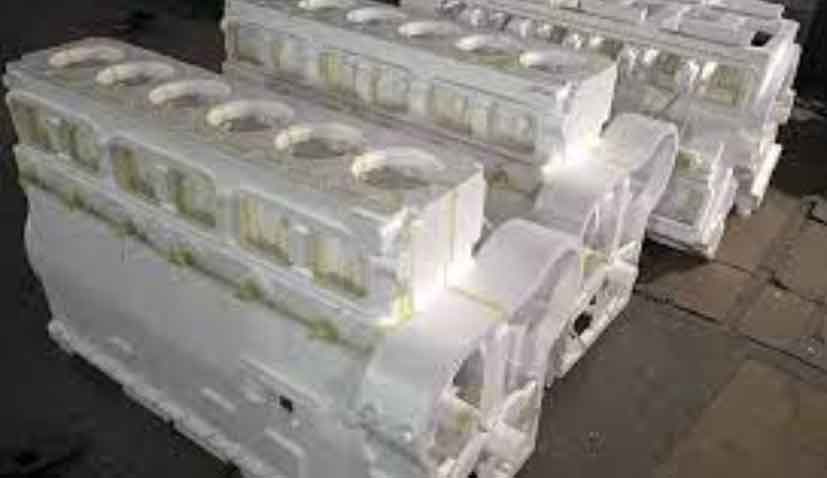Lost foam casting relies heavily on efficient sand compaction to replicate complex geometries. This study addresses critical defects like casting deformation and sand burning-on through systematic improvements in vibration systems. By combining structural optimization with advanced vibration control strategies, we demonstrate a 77.6% reduction in machining scrap rates and 75.7% improvement in surface quality.

Fundamental Challenges in Lost Foam Vibration Systems
The vibration intensity distribution follows:
$$ a(x,y,z) = a_0 \cdot e^{-\beta z} \cdot \cos\left(\frac{\pi x}{L}\right) \cdot \sin(\omega t) $$
Where:
$a_0$ = base acceleration (m/s²)
$\beta$ = attenuation coefficient (m⁻¹)
$L$ = sandbox length (mm)
| Defect Type | Original Scrap Rate | Improved Scrap Rate | Reduction |
|---|---|---|---|
| Deformation | 2.9% | 0.65% | 77.6% |
| Sand Burning | 2.76% | 0.67% | 75.7% |
Sandbox Structural Optimization
The improved sandbox design reduces Z-axis deformation through reinforced framework:
$$ \delta_{max} = \frac{5qL^4}{384EI} \cdot \left(1 – \frac{h_s}{h_0}\right) $$
Where:
$q$ = distributed load (N/mm)
$E$ = elastic modulus (GPa)
$I$ = moment of inertia (mm⁴)
| Parameter | Original | Optimized |
|---|---|---|
| Bottom Deformation (mm) | 0.202 | 0.065 |
| Side Deformation (mm) | 0.302 | 0.095 |
| Natural Frequency (Hz) | 47.3 | 68.9 |
Vibration Control Algorithm
The phase-controlled vibration system achieves directional compaction through:
$$ \theta_{opt} = \arctan\left(\frac{\sum F_y}{\sum F_z}\right) \cdot \frac{\omega_n^2}{\omega^2 – \omega_n^2} $$
Where:
$\theta_{opt}$ = optimal vibration angle (°)
$\omega_n$ = natural frequency (rad/s)
Compaction Efficiency Metrics
Sand compactness (Sc) shows linear correlation with vibration parameters:
$$ S_c = \frac{\rho}{\rho_0} \times 100\% = 82.4 + 0.36a_{eff} – 0.008t_v $$
Where:
$\rho$ = achieved density (g/cm³)
$\rho_0$ = theoretical density (g/cm³)
$a_{eff}$ = effective acceleration (g)
$t_v$ = vibration time (s)
| Vibration Mode | Lateral Reach (mm) | Compaction Uniformity |
|---|---|---|
| 0° Unidirectional | 72 | ±18% |
| 30° Angular | 94 | ±9% |
| 90° Vertical | 35 | ±23% |
Industrial Validation
Production trials with transmission housings demonstrated:
$$ \Delta D = D_{max} – D_{min} = 1.8 \rightarrow 0.5 \text{ mm} $$
Key process parameters for lost foam casting optimization:
| Parameter | Value |
|---|---|
| Optimal Acceleration (g) | 1.8-2.2 |
| Vibration Frequency (Hz) | 55-65 |
| Phase Control Accuracy (°) | ±2.5 |
This systematic approach to lost foam casting vibration systems significantly enhances dimensional accuracy while maintaining production efficiency. The integration of structural analysis with smart vibration control opens new possibilities for complex thin-wall castings.
